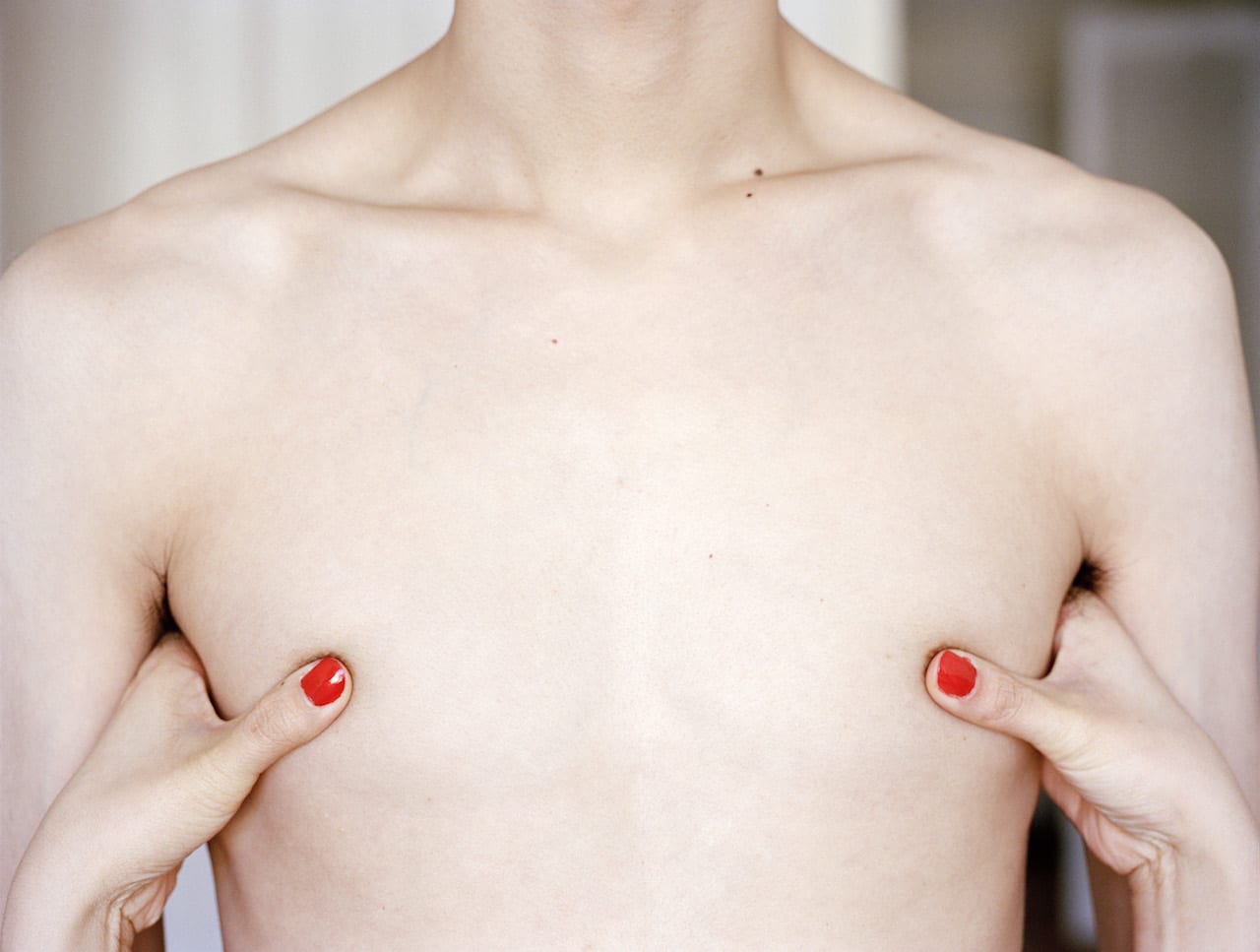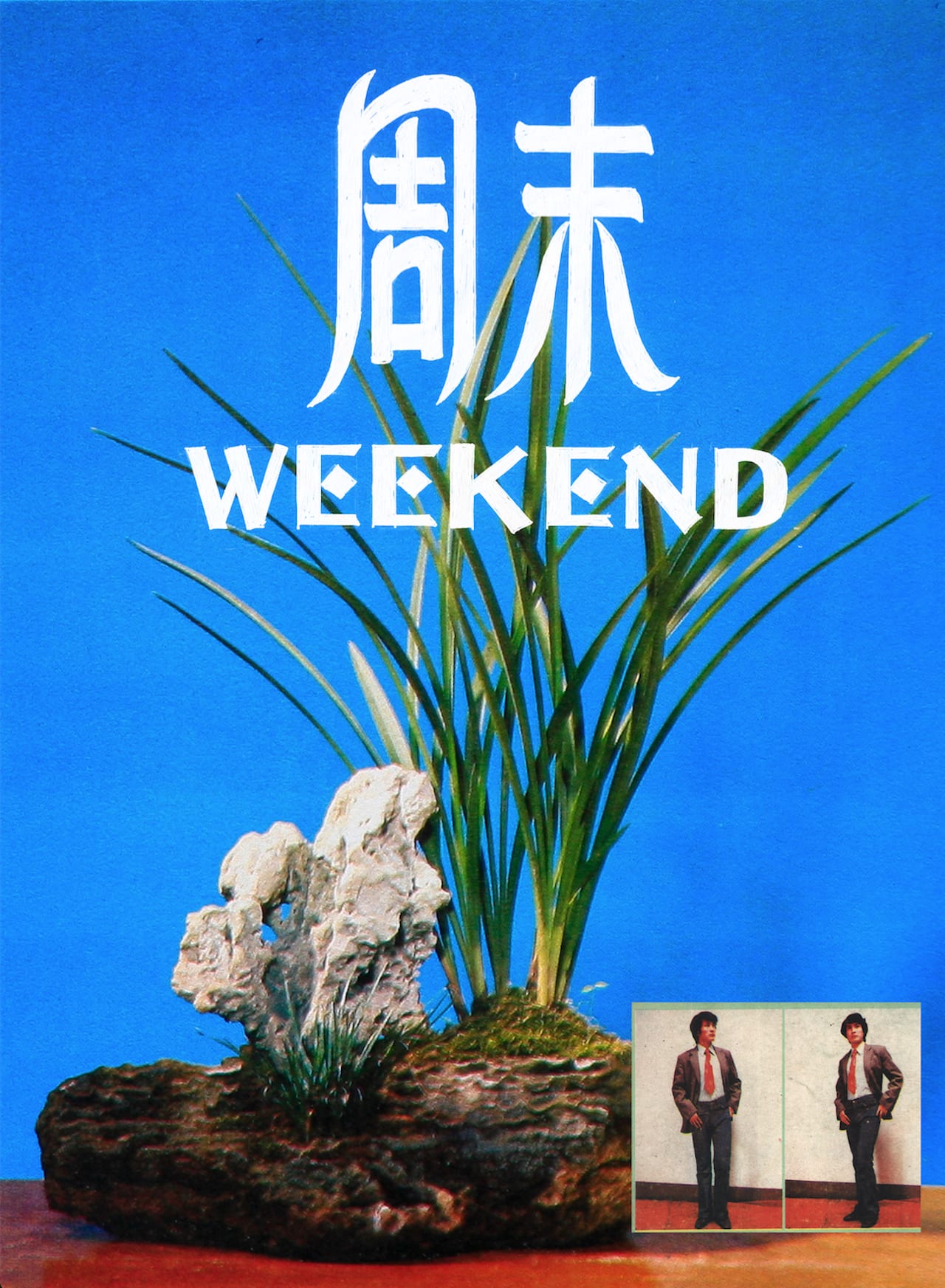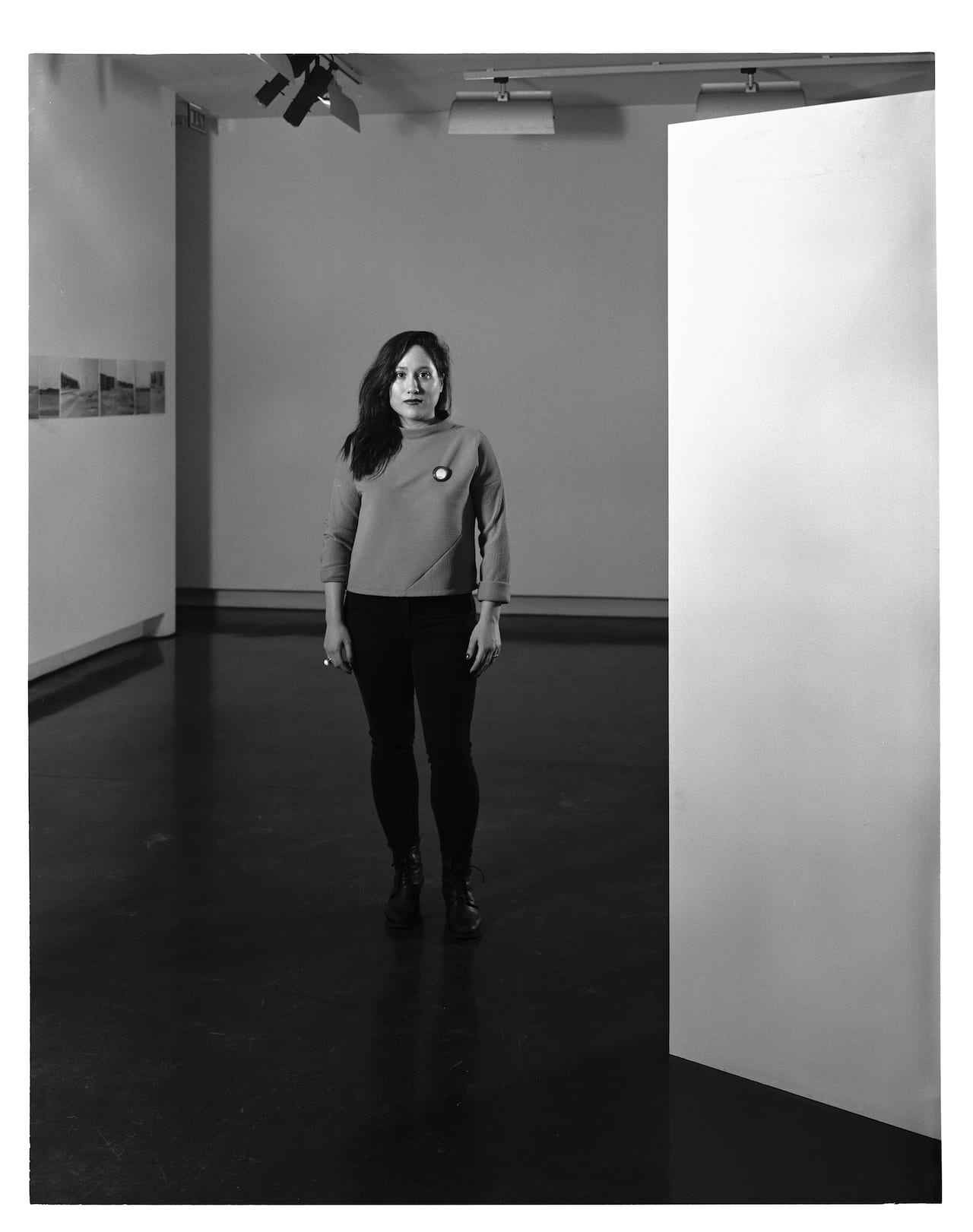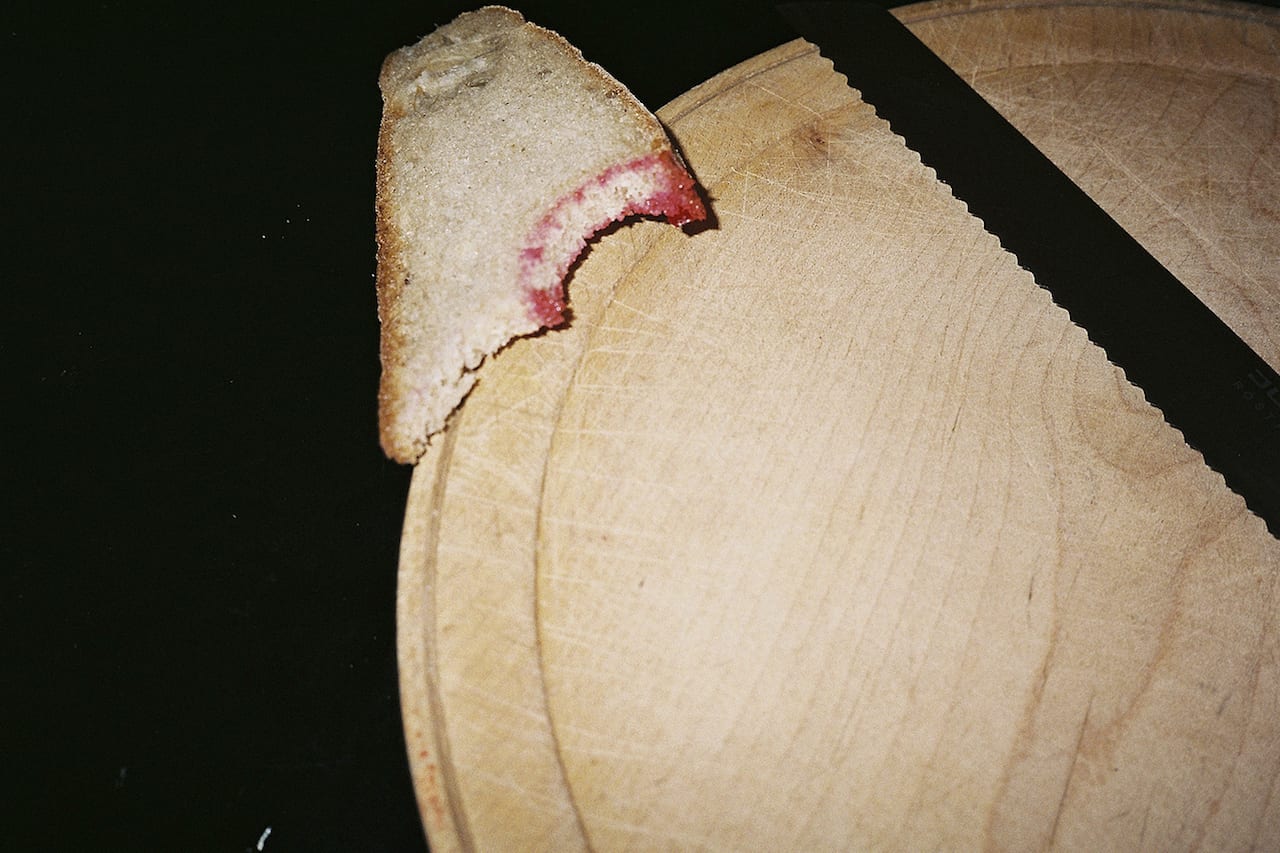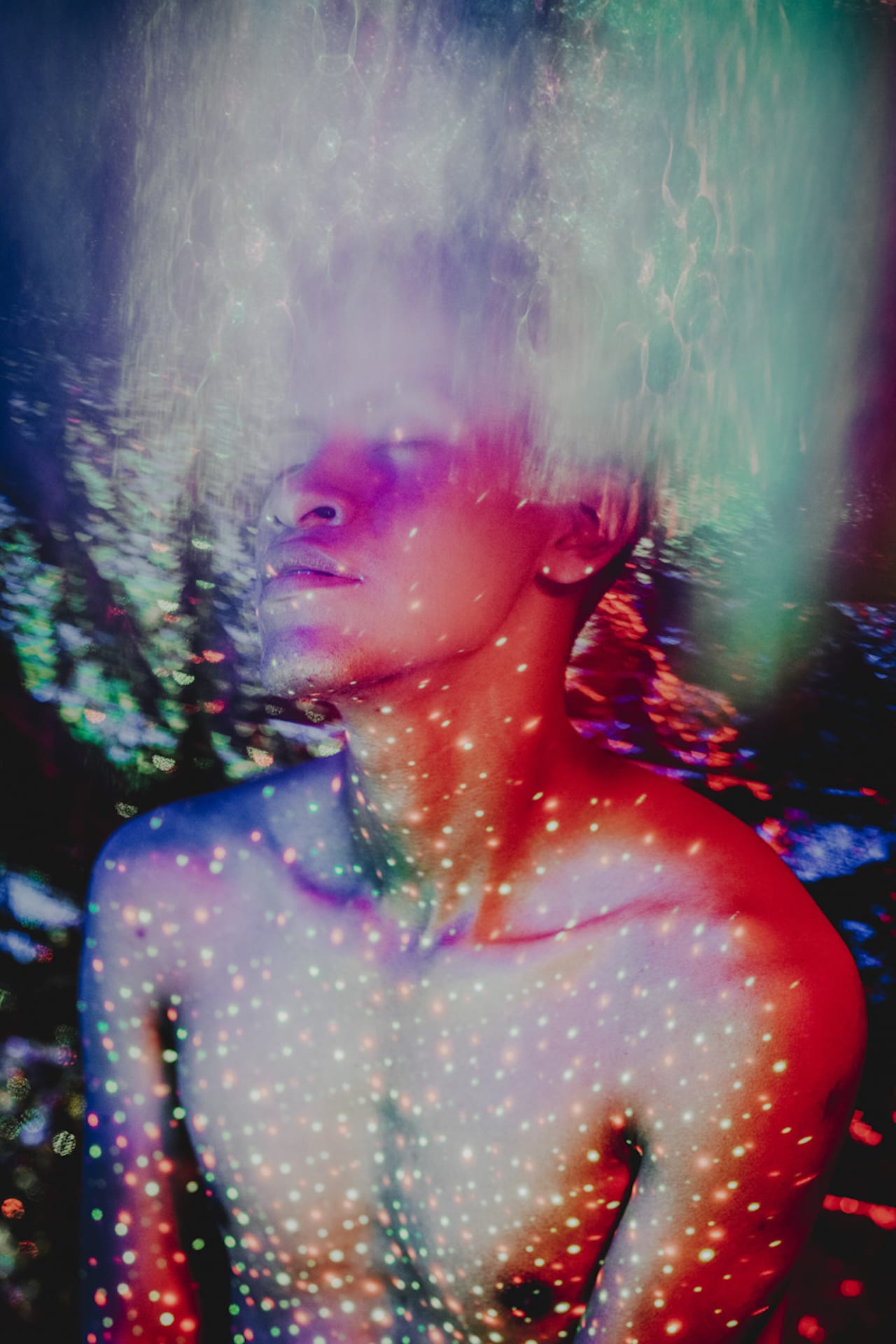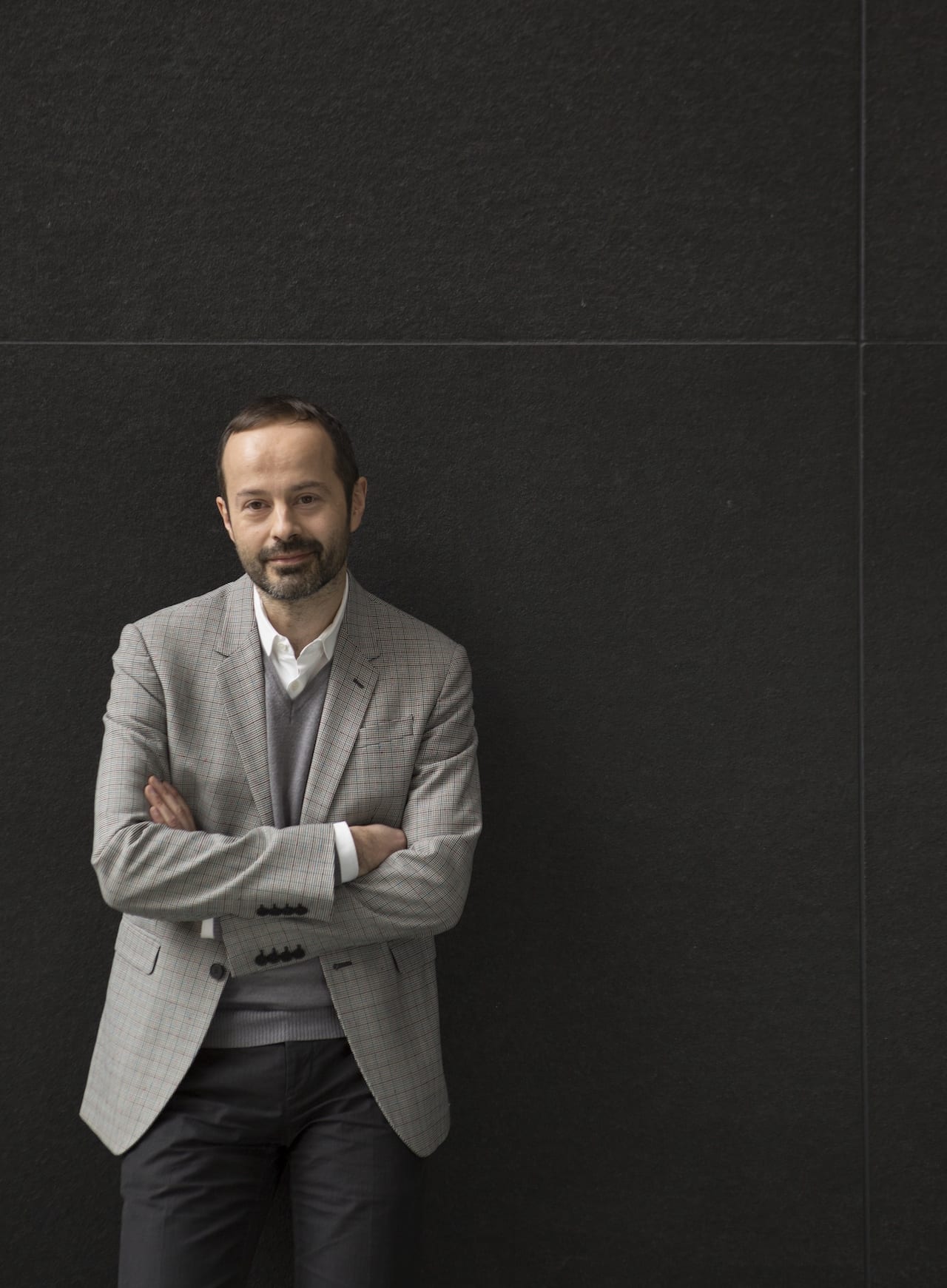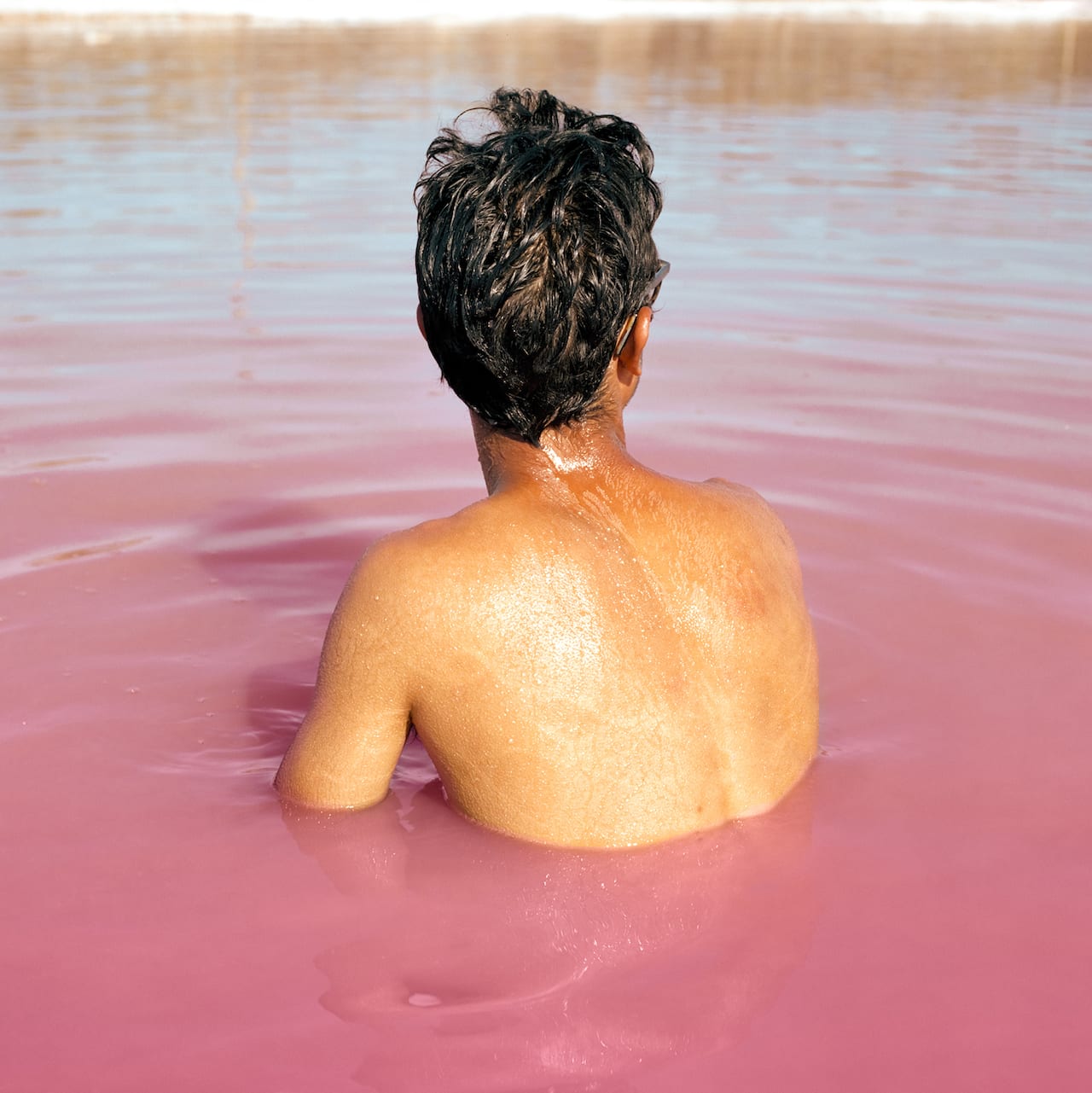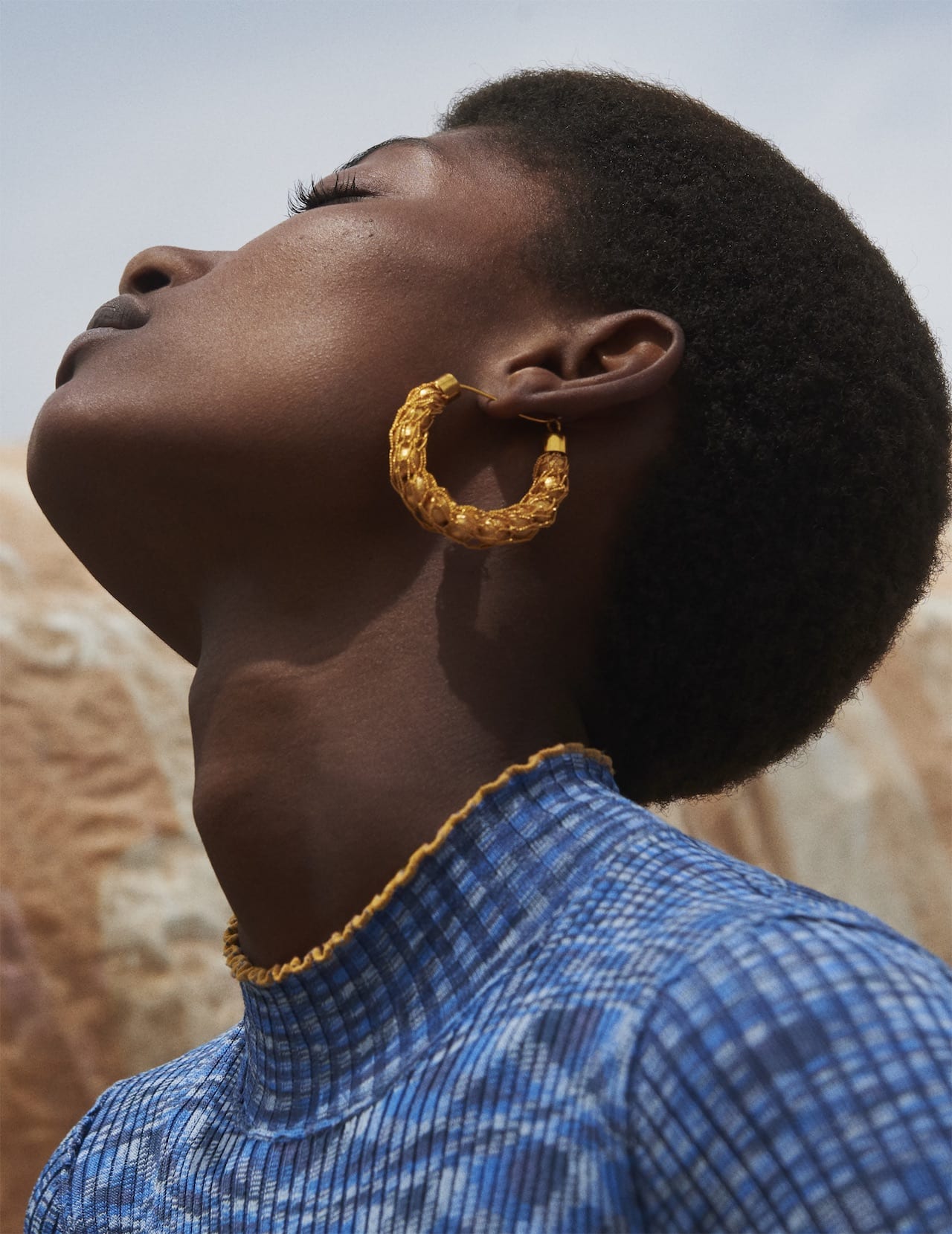BJP-online Loves Lei Lei and Pixy Liao win at the 2018 Jimei x Arles festival
bjp-online has been following both Lei Lei and Pixy Liao for a while, so we were happy to see them both win prizes at the Jimei x Arles festival. Lei Lei picked up the Jimei x Arles Discovery Award, giving him 200,000 RMB plus a spot in Arles’ prestigious Discovery Award exhibition and competition next summer; Pixy Liao won the Jimei × Arles – Madame Figaro Women Photographers Award. And bjp-online loves the Jimei x Arles initiative in general, which is packed with interesting work by image-makers from China and beyond. Plus six other key stories from the last week
